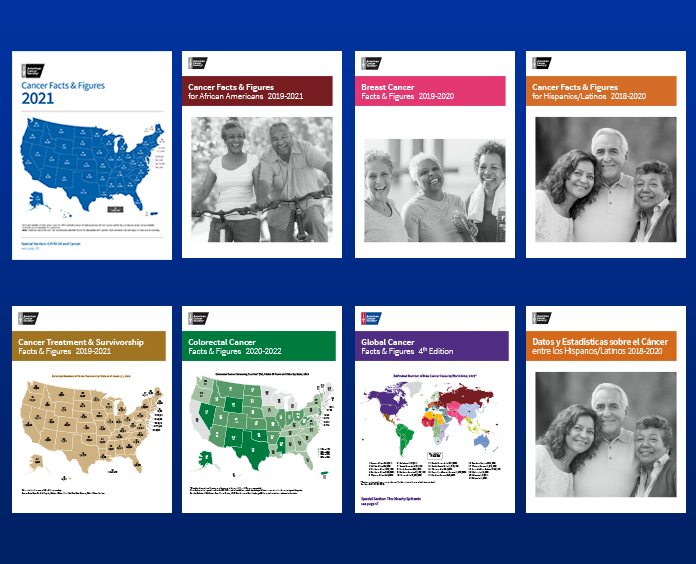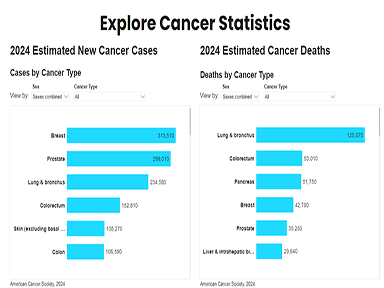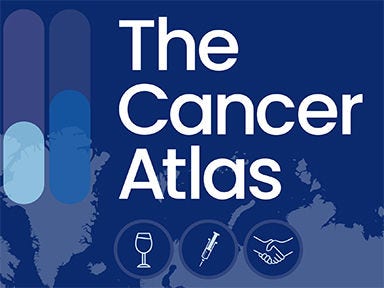Cancer Surveillance Research
We analyze and disseminate population-based cancer statistics and identify gaps and opportunities in the delivery of cancer prevention, early detection, and treatment.
What We Do
Our American Cancer Society's (ACS) Surveillance Research program is led by Rebecca Siegel, MPH, and has these specific objectives:
Compile and disseminate current scientific information on cancer occurrence to the public, media, cancer control advocates, ACS staff and volunteers, and community leaders to track progress against cancer and inform cancer control policy and practice in the United States and globally.
Project the numbers of new cancer cases and deaths expected each year in order to provide an estimate of the contemporary cancer burden because reported cancer data lag 2 to 4 years behind the current year.
Identify and track emerging trends and inequalities in cancer occurrence and outcomes.
Contribute to the advancement of surveillance research through scientific publications, conference participation, and collaborations across institutions and disciplines.
Each year, we produce the ACS flagship report, Cancer Facts & Figures, along with its companion article, Cancer Statistics, published in the ACS scientific journal CA: A Cancer Journal for Clinicians.
These widely cited reports present the most current rates and trends in cancer incidence, mortality, and survival, as well as the most up-to-date information on symptoms, prevention, early detection, and treatment.
Glossary for Nonscientists
Featured Term:
Cancer Death Rate
Also called the cancer mortality rate, the cancer death rate is a measure of death from cancer. It's presented as:
- The number of people who die from cancer
- Within a defined number of people at risk of dying from cancer (often 100,000) Note: The death rate is not confined to people with cancer, but pertains to all people in the population.
- During a specified period of time.
For example, the lung cancer death rate was 38.5 per 100,000 people in the US during 2014-2018. That means for every 100,000 people in the US 38.5 died from lung cancer during the years 2014 to 2018.
Our Work
Our Team
Our team's epidemiologists regularly update multiple Cancer Facts & Figures reports and an interactive statistics website. We also publish additional cancer surveillance research, and we provide statistical support internally and externally.
Our team members include:





